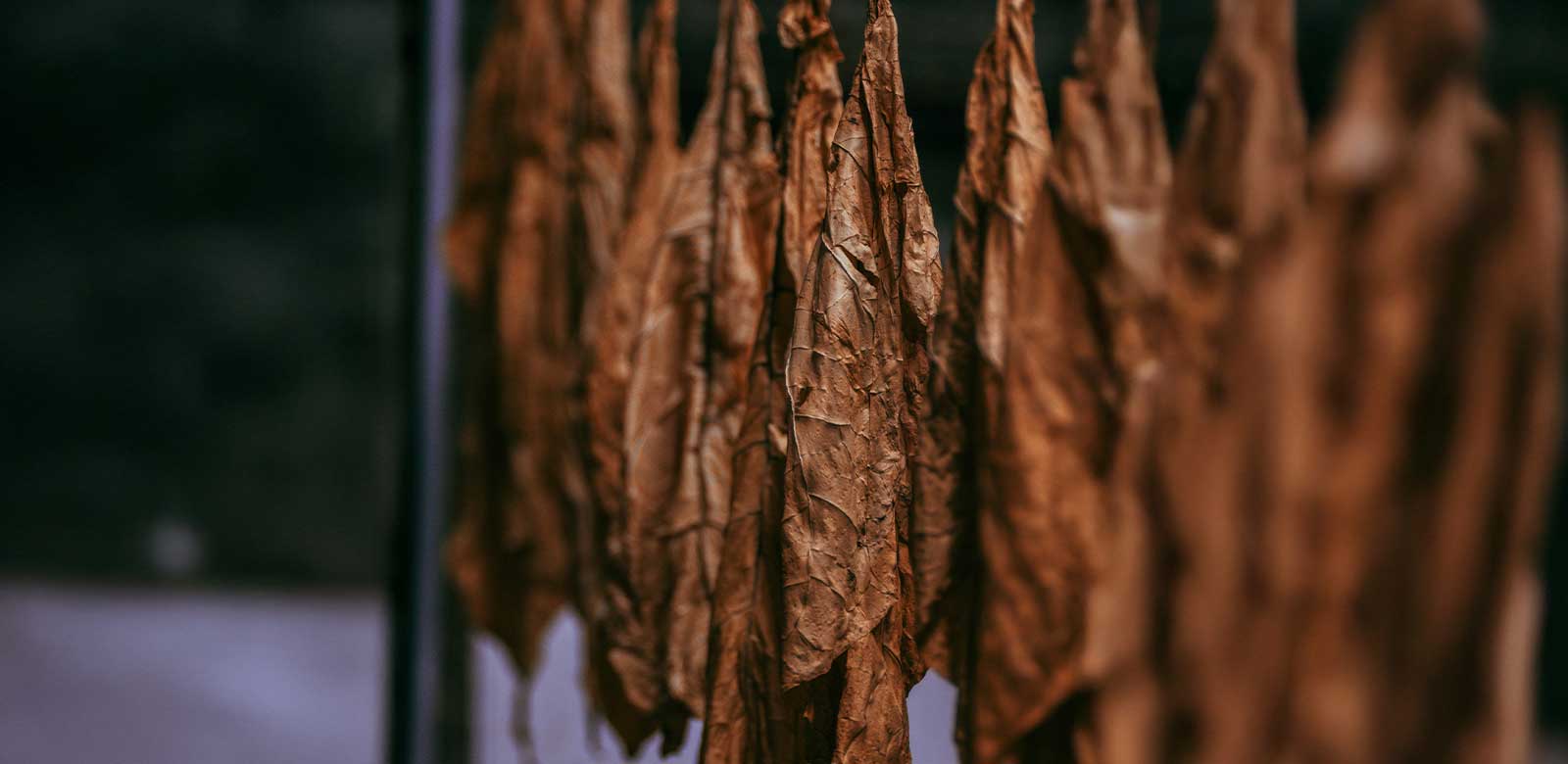-
Our offer is only for you if you are of legal age. Please confirm that you are at least 18 years old to proceed.
Our offer is only for you if you are of legal age. Please confirm that you are at least 18 years old to proceed.
Last updated on 05/07/2024 | Reading time approx. 09:08 min

Hookah tobacco keeps getting more expensive. Measures like Germany's 25g regulation are accelerating this trend.
This topic often sparks heated debates and bitter comments on our social media channels. Some followers even suggest "smuggling" cheaper tobacco from other European countries.
While this is technically legal within tax-free limits, here's the BIG but: Most EU countries have raised tobacco taxes so much that Germany now has the cheapest tobacco prices in the EU.
Let's be clear: The claim that tobacco is cheaper in neighboring countries simply isn't true.
You could vacation outside the EU and bring back tax-free tobacco, but flying abroad just to save money is extreme. Alternatives in Germany include tobacco substitutes or cheaper dry pipe tobacco. We've covered these in other articles:
Or you could make your own hookah tobacco. This isn't necessarily cheaper and requires time/effort, but at least you avoid tobacco taxes on raw/"decorative" tobacco.
Before 2022's legal changes, it was relatively easy to make tasty hookah tobacco at home, as some manufacturers sold pre-mixed, tax-free molasses.
Now, nearly all good molasses have disappeared because they're taxed. Worse: Every ingredient intended for hookah tobacco (flavorings, glycerin, propylene glycol) is now taxed.
This killed commercial production of easy-to-use components, making DIY tobacco far costlier than in 2022. Factoring in legal hurdles, homemade hookah tobacco is now the least appealing it's ever been.
The German Customs Directorate explicitly states that ANYONE producing hookah tobacco needs a "tax warehouse permit"—even consumers making it for personal use. This effectively criminalizes DIY hookah tobacco.
Ignoring the illegality, tobacco production is like any hobby: Costs add up (raw materials, containers, tools, cleaning supplies, etc.). Even in a hypothetical legal scenario, expect trial and error—early batches may be unusable due to mold or bad flavor combinations.
Assuming small-scale production were legal, remember that developing a good product takes experience. You'd need space to dry tobacco (the washing process reeks) and patience to perfect recipes. Still, if you enjoy tinkering, it could be a fun hobby.
Hookah tobacco consists of destemmed/finely chopped raw tobacco, flavorings, sweeteners, and humectants. Ratios vary from 35% tobacco/65% additives to 20%/80%.
Use old household appliances (blender, cheese grater) dedicated solely to tobacco—never reuse them for food, as nicotine is a neurotoxin. You'll also need a kettle, sieve, rubber gloves, newspaper, and possibly an oven/baking sheet.

Tobacco drying in a barn
Choose raw tobacco by preference—light Virginia or strong Burley both work. Pre-fermented tobacco saves effort (fermentation breaks down proteins that cause burnt-hair flavors). Washed tobacco reduces nicotine but stinks; dry it within 3 days of washing.
After washing, hang tobacco on a clothesline with kitchen paper underneath to catch drips. Process within three days.
Stems don't absorb molasses well. Remove them after drying by hand—dry leaves separate easily.

Chopped, stem-free tobacco
Industry uses coarse then fine cuts; at home, a coffee grinder or blender works. Never use the same tools for food! Once chopped, soak the tobacco flakes in molasses.
Molasses is a sticky mixture that provides flavor and moisture, comprising at least 66% of hookah tobacco. Industrial molasses contains:
2. Flavorings: Use homemade (dried/herb powders, citrus zest, cinnamon, vanilla) or food-grade flavorings (available online).
3. Sweeteners: Honey (e.g., acacia), glucose, fructose, or sugarcane molasses.

Thin honey works well as a molasses substitute
To develop your perfect molasses, test small batches with different ratios, label them, and document ingredients. Typical ratios range from 1:2 (tobacco:molasses) to 1:4.
Time is crucial—longer soaking develops stronger flavors. Some aromas emerge only after weeks. Many compare hookah tobacco to fine wine needing maturation.
We recommend at least 2 weeks before smoking, though some blends need 2 months for full flavor.
While not rocket science, DIY hookah tobacco requires tolerance for mess and effort. With care, experimentation, and time, you could create unique flavors unavailable commercially.
Were it not for legal restrictions and costs, this could be a rewarding hobby. Given current laws, we must advise against potentially illegal activity.
An alternative to full DIY are "dry base" pipe tobacco blends where you just add glycerin (though even this requires tax compliance). Learn more in our article:
We hope this article clarified the topic. Feel free to explore our other blog posts. Until then, happy smoking!
Nein, seit 2022 ist die Herstellung von Shisha Tabak ohne Erlaubnis des Hauptzollamts illegal – auch für den Eigenbedarf. Es wird eine Genehmigung als Steuerlagerinhaber benötigt.
Du benötigst Rohtabak, Glycerin, Aromen, Süßungsmittel sowie Geräte zum Waschen, Trocknen, Zerkleinern und Einlegen. Hygiene und genaue Dosierung sind entscheidend.
Virginia und Burley sind gängige Rohtabaksorten. Sie sollten idealerweise bereits fermentiert sein. Die Wahl hängt vom gewünschten Geschmack und Nikotingehalt ab.
Molasse besteht aus Glycerin (mind. 95 % Reinheit), Aromen (z. B. Lebensmittelaromen) und einem Süßungsmittel wie Honig oder Zuckerrohrmelasse.
Selbstgemachter Shisha Tabak sollte mindestens zwei Wochen ruhen. Für intensiveren Geschmack empfehlen sich bis zu zwei Monate Reifezeit.
